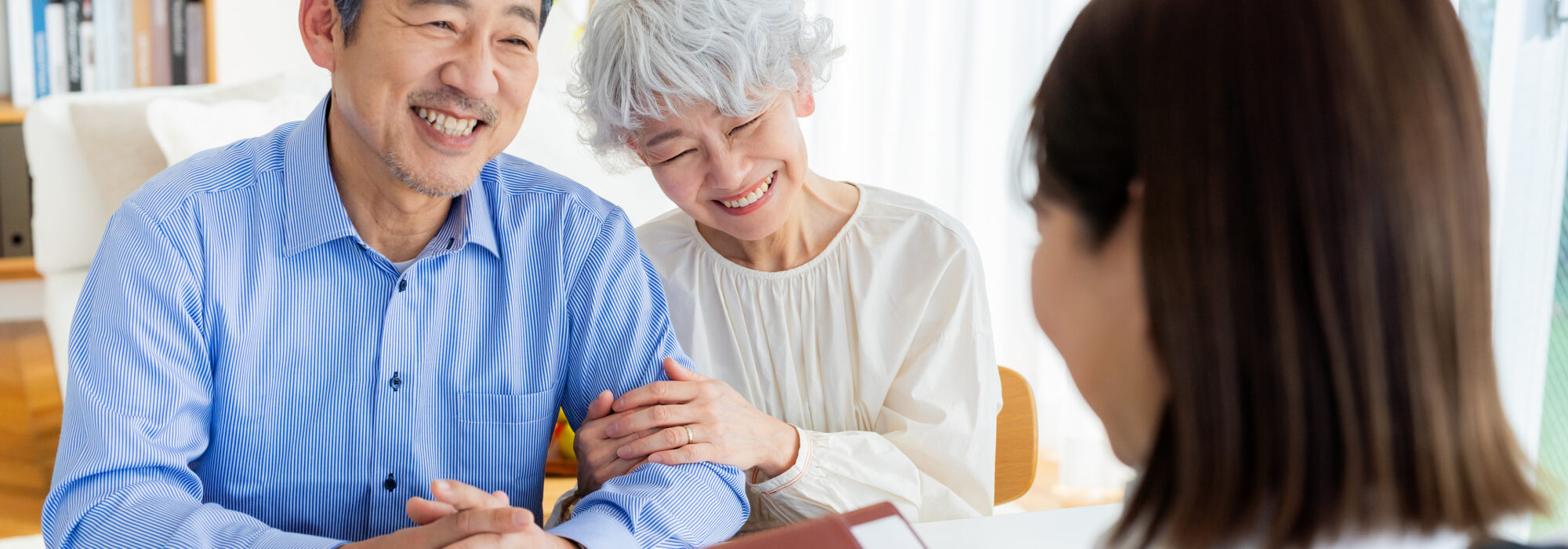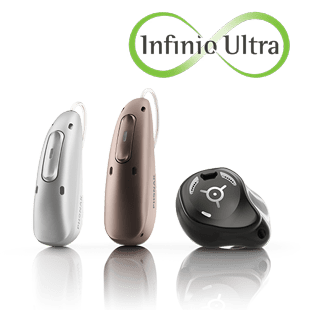
Putting people at the heart of hearing care: Updated BSA guiding principles for person-centered practice
True person-centered care recognizes that hearing loss affects more than one person and that everyone is impacted differently and so needs personalized care.
Hearing loss is rarely a solo experience. It affects each individual in a different way, touching families, communication partners, and communities. The conversations that happen at home, the reminders from loved ones, and the encouragement from those closest to our patients all shape how successfully hearing rehabilitation takes root.
Recognizing this, the British Society of Audiology’s new Guiding Principles for Person-Centred Care in Adult Hearing Rehabilitation (2025) offer a timely reminder that effective hearing care must be person-centered and extend beyond the individual.¹
Grounded in the Picker Principles of Person-Centred Care,² ³ developed from extensive work by Picker researchers to identify what matters most to patients, these guidelines emphasize partnership, respect, emotional support, and the inclusion of family and communication partners at every stage of rehabilitation.
A renewed focus on what truly matters
Person-centered care is not a new concept in audiology, but it continues to evolve. The updated BSA document provides practical guidance to help clinicians ensure that care is shaped around each individual’s needs, preferences, and circumstances. It reminds us that our role is not simply to fix hearing problems but to facilitate meaningful change in people’s lives.
As clinicians, we bring technical expertise. But our clients bring lived experience. The goal is to create care that feels collaborative, where knowledge and decision-making are shared, and where communication is open, respectful, and tailored to the person in front of us.
Clinicians as facilitators, not fixers
The new guidance encourages us to see ourselves as facilitators of care rather than fixers. Our job is to help clients develop the confidence, skills, and self-efficacy to manage their hearing health day-to-day.
Shared decision-making tools are central to this. Presenting all treatment options, including the choice of doing nothing, reinforces autonomy and helps clients make informed decisions that reflect their own values and priorities. When patients feel ownership over their choices, outcomes improve, and satisfaction rises for both clinician and client.
The power of family involvement
Hearing rehabilitation is far more effective when family members or communication partners participate (with consent). They can provide insights into real-life communication challenges, reinforce strategies at home, and support consistent device use.
Consider these examples:
- A spouse who learns how to check batteries or clean hearing aids helps maintain device function and reduces troubleshooting visits.
- A son who attends appointments can remind his parent of communication strategies, increasing follow-through and success at home.
- A partner who joins discussions about shared frustrations, such as TV volume, allows for collaborative problem-solving and fewer repeated appointments.
Involving family members also helps us see the full picture of communication dynamics and emotional adjustment, leading to more tailored and empathetic care.
Supporting understanding and self-efficacy
Providing information in manageable segments and checking understanding is another core recommendation. The teach-back technique, where patients explain information in their own words, is an effective way to confirm understanding and build confidence.4
Simple open-ended questions such as “Can you show me how you would use that feature at home?” can reveal whether your explanation has landed and give patients a safe space to clarify doubts. This process helps transfer responsibility for clear communication to the clinician, not the patient.
Respecting time, transitions, and emotions
Person-centered care also means respecting people’s time and resources. Streamlined appointments, preferences documented in clinical notes to ensure continuity of care, and smooth transitions between providers make the entire care experience more cohesive.
The emotional side of hearing loss also deserves attention. Asking about motivation, frustration, or fatigue acknowledges the human experience behind every appointment. Sometimes, referring patients for support beyond audiology is important for an individual’s mental health.
Start small, start today
Implementing the updated principles does not require a complete overhaul of practice. It begins with small, intentional changes:
- Ask one more open-ended question.
- Invite a family member into the conversation.
- Use teach-back to confirm understanding.
Each step moves us closer to care that feels collaborative, respectful, and human.
Learn more
The full document, British Society of Audiology (2025), Guiding Principles for Person-Centred Care in Adult Hearing Rehabilitation, can be found here.
Take a few minutes to explore it. You may find that it is less about changing what you do and more about deepening how you do it.
________________________________________
Find more resources to help you include family in your daily practice at www.phonak.com/fcc
References
- British Society of Audiology. (2025). Guiding principles for person-centred care in adult hearing rehabilitation. The BSA. https://www.thebsa.org.uk
- Gerteis, M., Edgman-Levitan, S., Daley, J., & Delbanco, T. L. (Eds.). (1993). Through the patient’s eyes: Understanding and promoting patient-centered care. Jossey-Bass.
- Shaller, D. (2007). Patient-centered care: What does it take? The Commonwealth Fund. https://www.commonwealthfund.org/publications/fund-reports/2007/oct/patient-centered-care-what-does-it-take
- Talevski, J., Wong Shee, A., Rasmussen, B., Kemp, G., & Beauchamp, A. (2020). Teach-back: A systematic review of implementation and impacts. PLOS ONE, 15(4), e0231350. https://doi.org/10.1371/journal.pone.0231350
Authors

Gabrielle H. Saunders, Ph.D. Professor of Audiology, Director, Manchester Centre for Audiology and Deafness (ManCAD), University of Manchester, UK
Gabrielle (Gaby) Saunders’ research focuses on auditory rehabilitation and is broadly designed to optimize outcomes of hearing-related interventions, including teleaudiology, hearing screening, assistive technology and education, taking advantage of knowledge that can be gained from the lived experience of people with hearing loss and their families, as well as mobile technology and big data sets. Her research is underpinned by the principles of family-centred care and health behaviour psychology.

Shahad Howe, Consumer Engagement Manager, Advanced Bionics UK
Shahad Howe is a Clinical Scientist in Audiology and a Consumer Engagement Manager for Advanced Bionics UK. She is the chair of the British Society of Audiology Adult Rehabilitation Specialist Interest Group and is passionate about progressing person-centred care within adult Audiology to improve standards and accessibility for all. Her areas of interest are severe and profound hearing loss and cochlear implants, with her current focus being on improving access to cochlear implantation through professional education and public awareness.

Laura Gaeta, Ph.D. Associate Professor, Department of Communication Sciences and Disorders, California State University, Sacramento, US
Laura Gaeta is an associate professor in the Department of Communication Sciences and Disorders at California State University, Sacramento, USA. Her research focuses on aural rehabilitation with older adults and hearing healthcare service delivery issues that impact underrepresented populations.

Helen Henshaw, Ph.D. Principal Research Fellow, School of Medicine, University of Nottingham, UK
Helen Henshaw is a psychologist and researcher at the NIHR Nottingham Biomedical Research Centre, University of Nottingham. She studies how to make life easier for people with hearing loss. Helen works with patients, their family and friends, and the public to co-develop digital tools that support hearing aid use and improve listening skills.
